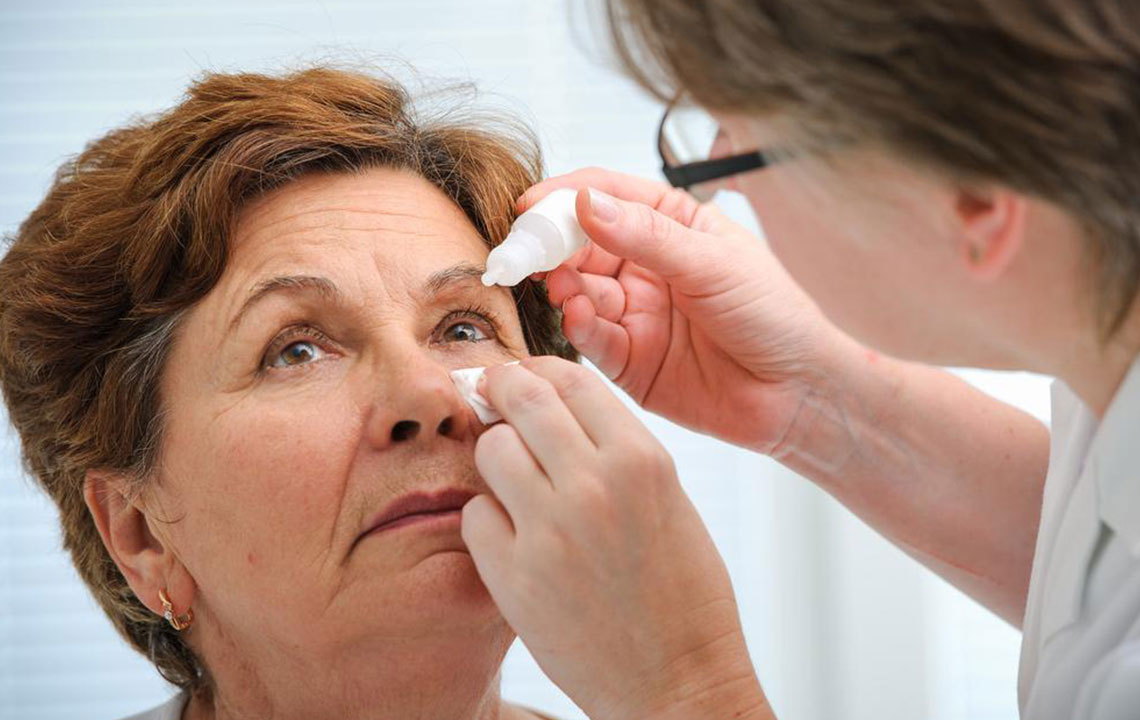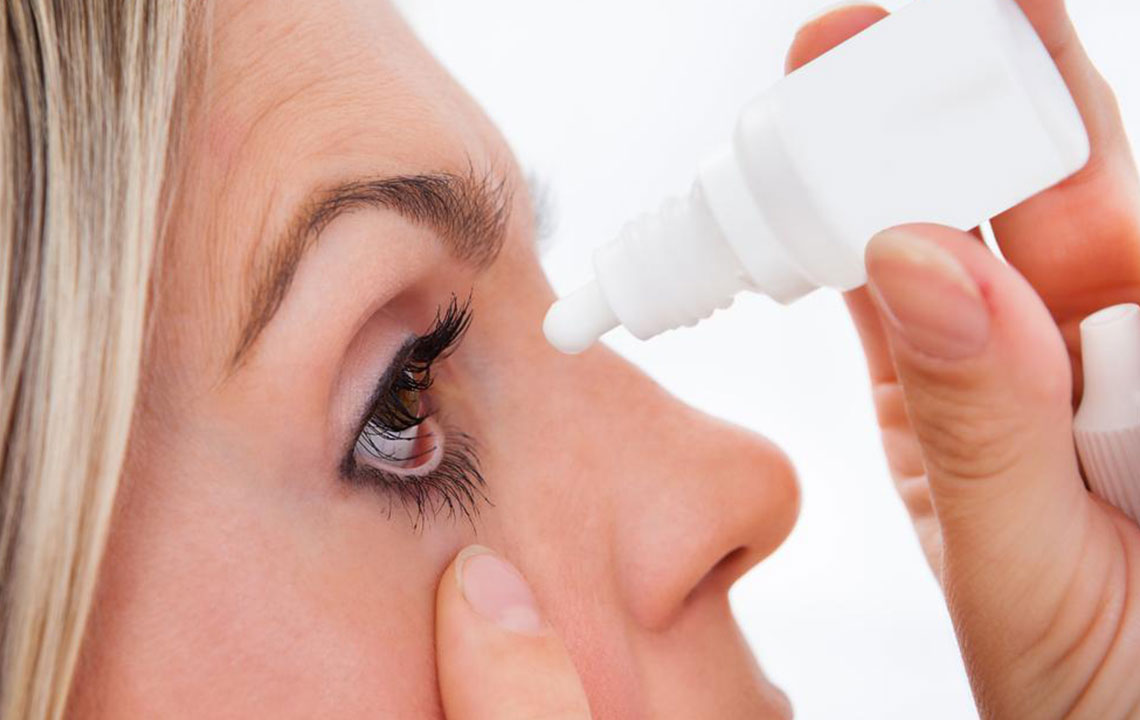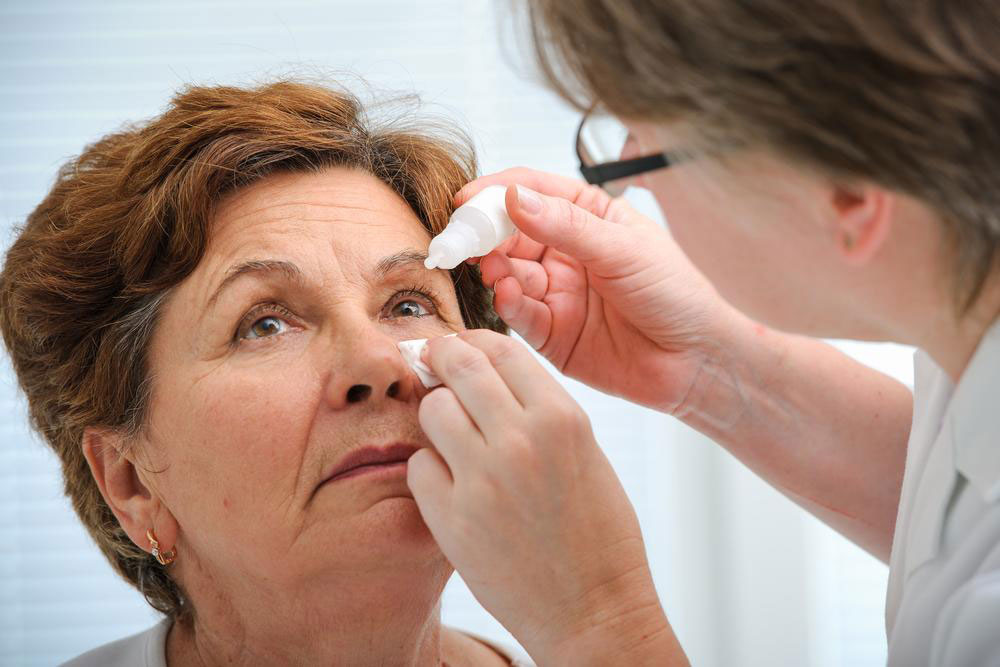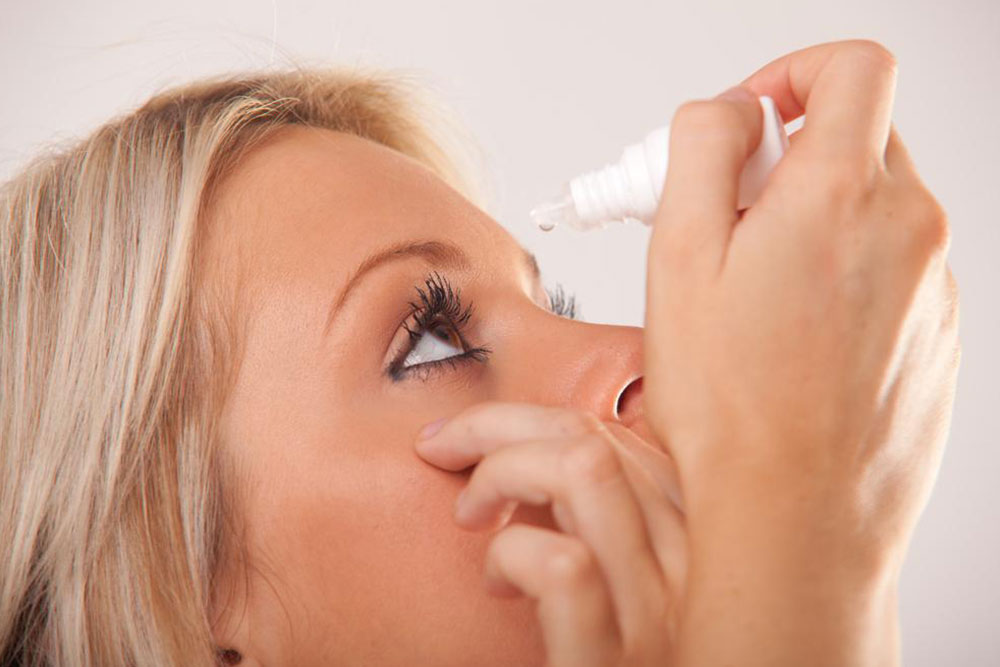Understanding the Causes of Dry Eyes and How to Address Them
This article explores the various causes of dry eyes, including aging, health conditions, medications, environmental factors, and hormonal changes. It offers insights into how these factors contribute to tear deficiency and provides guidance on managing dry eye symptoms effectively. Understanding these triggers is essential for prevention and seeking appropriate medical help to maintain healthy eyes.

Understanding the Causes of Dry Eyes and How to Address Them
Dry eyes occur when the eyes do not produce enough tears to stay lubricated. Tears are essential, composed of water, oils, and bodily fluids, providing smoothness and protection against infections. Some individuals experience decreased tear production due to aging or health conditions, while others may produce excessive tears that are insufficiently balanced. Blockages in small oil-producing glands near the eyelids (meibomian glands) can also lead to dry eye issues.
The medical term for this condition is keratoconjunctivitis. Common causes include aging, health problems like diabetes or autoimmune diseases, certain medications, and environmental factors.
The condition often results from insufficient tear production or imbalance. Older adults are more prone due to decreased tear output and less efficient eyelid functioning. Other factors involve health conditions such as Sjogren’s syndrome, rheumatoid arthritis, lupus, thyroid issues, or vitamin A deficiency. Certain drugs like antihistamines, antidepressants, decongestants, and hormone treatments can also cause dry eyes.
Laser eye surgeries may temporarily cause dryness as a side effect. Contact lens wear, especially if ill-fitting or worn excessively, can irritate the eyes. Environmental influences such as wind, pollution, dry air, or high altitudes also contribute. Additionally, poor blinking habits during activities like computer work or driving can deplete the tear film, leading to dryness.
Hormonal fluctuations in women—such as during pregnancy, menopause, or from contraceptive use—significantly impact tear production. Natural elements like sun exposure, wind, and hot weather further exacerbate dry eye symptoms. Some exercises, including running or singing, may reduce blinking frequency and worsen dryness. Certain medical conditions—including allergic conjunctivitis, contact dermatitis, and autoimmune diseases—also elevate the risk of developing dry eyes.
Advanced age
Autoimmune diseases
Medication side effects
Environmental factors
Hormonal changes
Understanding these causes enables individuals to take proactive steps and seek medical consultation to effectively manage and prevent dry eye complications.










